Destination Series: Camping in Alaska
Camping in Alaska. Looking for a great place to camp that has a lot of history? Well, Alaska is not short of campgrounds that have histories that date as far back as a hundred years.
Not only can you enjoy the views at these spectacular scenic places, but the parks listed below also offer maximum comfort.
Afognak Island State Park
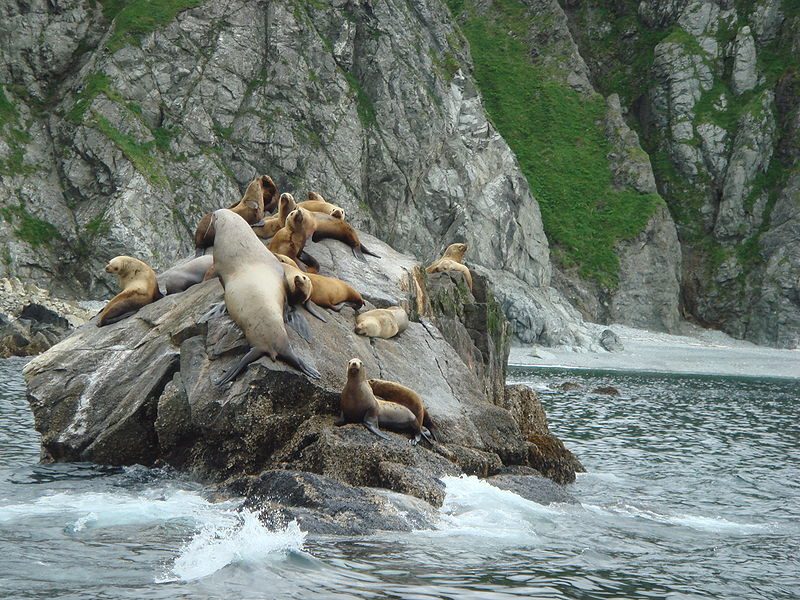
Located just north of Kodiak Island, Afognak Island State Park constitutes approximately 116,000 acres of the island.
The park is highly recognized for its rugged topography, the dense Sitka fir forests and its natural habitat, but part of the area was mostly harvested for timber years before.
Now, harvesting has been stopped and locals are allowing nature to recover. Most of the east side of the island is State Park, along with most of the northern section.
The northwest region of the island is the US Fish & Wildlife Service’s Kodiak National Wildlife Refuge, surrounded by the state park on the eastern and southern limits.
A pass is required to access most of the lands as at least more than half of the island has private ownership. You can access the park by boat or float plane, but the two cabins for public use are located in inland lakes and can only be accessed by float plane. A series of air flights provide service to the park and the cabins for public use located in Pillar and Laura Lakes.
Big Delta State Historical Park
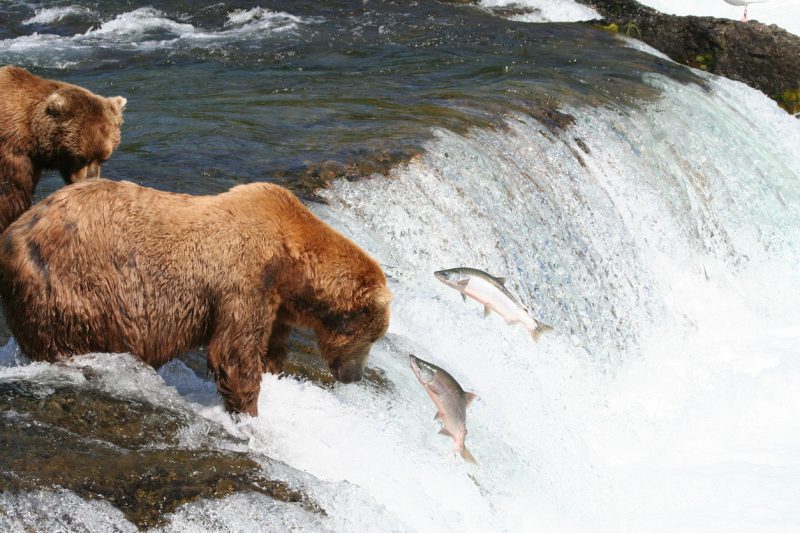
The Big Delta State Historic District, on the National Register of Historic Places, includes five historic buildings with exhibits, a historic building with no displays, two replicas of landmark buildings, six landmark structures, two historic trails, and three tombs.
The facilities also include a total of 44 parking lots (including 23 sizeable direct access sites), 21 camping sites, two picnic sites, a download station, two outbuildings, one bulletin board, 13 interpretive panels, and numerous historical artifacts. Big Delta has been crucial in the development of Alaska for more than 100 years.
Birch Lake State Recreation Site
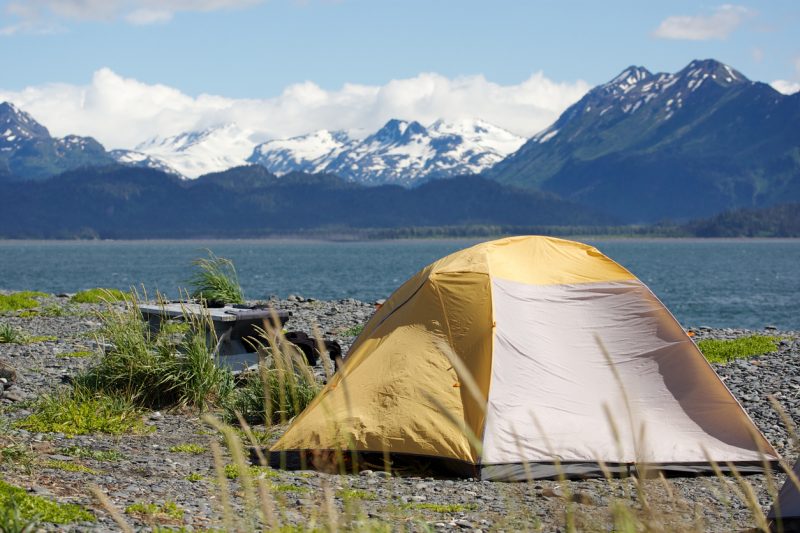
Birch Lake State Recreation Site is nestled between a lilypad-covered lake and wooded wetlands. There are 17 great parking spaces for motorhomes and three short parking spaces for smaller autonomous vehicles or vehicles and tents.
There are five camping sites and additional tables, fireplaces, and benches for daily use. There are also basic amenities to ensure that you have a lovely time. These include water, a comfortable toilet, and a cabin for public use.
Caines Head State Recreation Area
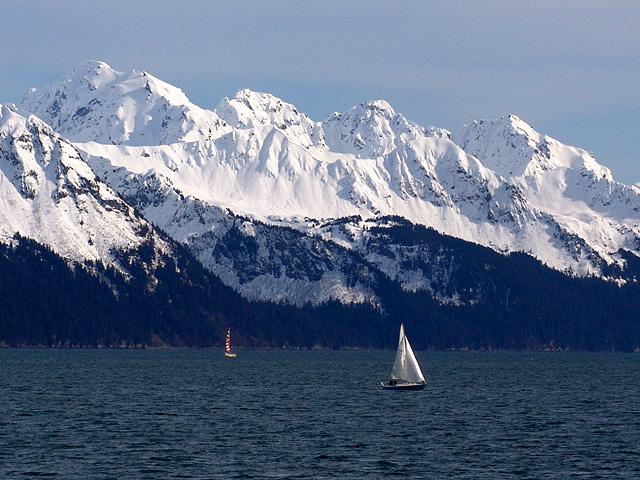
You can reach the Caines Head State Recreation Area, the scenic site of an abandoned Fort of World War II, by boat or on foot from Seward.
The massive peninsula rises 650 feet above Resurrection Bay against a fall of alpine meadows and sharp peaks that give way to a panoramic view of the North Pacific Ocean. The shale-covered beaches and forests of Caines Head have been stopping points for sailors and fishermen for years.
But at the time when World War II began, when the territory of Alaska was attacked and occupied by Imperial Japanese land forces, Caines Head and other advantages of the Resurrection Bay became strategic points for the defense of the Port of Seward.
The port was the southern terminus of the Alaska Railroad, a critical supply line for the war effort and the Alaskans. North Beach Pier Visitors are invited to explore the remains of Fort McGilvray, South Beach Garrison, and the many natural attractions of this 6,000-acre state recreation area.
Channel Islands State Marine Park
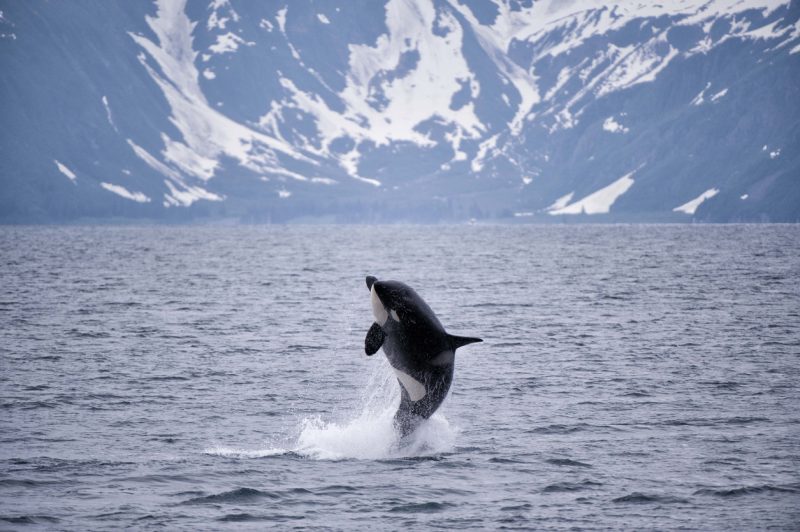
Channel Islands State Marine Park is located 12 to 30 miles northwest of Juneau along Favorite Channel and Auke Bay.
The area can be easily accessed by a small boat from the port of Amalga, the port of Auke Bay, or North Douglas and is a popular area for wildlife viewing, photography, waterfowl and big game hunting, sport fishing, sailing, kayaking, and camping. Hydroplane access is also available from Juneau Airport.
North Pass is within the park – a favorite fishing spot for salmon and halibut and an ideal place to see whales. The average temperatures in the summer are in the 60s; the rare highs reach 80.
The coastal climate is cold; a high average of 60-90 inches of precipitation creates a humid environment. Have warm clothes and quality rainwear as harsh weather can happen quickly and last for days. Snow may begin to accumulate starting in October.
To Be Honoured: WW2 Bone Collector Who Was a Vital Contribution To The Allies
Between the islands you will find abundant species of birds (bald eagles, white wings, surf scoters, etc.), seals, sea lions, humpback whales, and the occasional killer whale.





